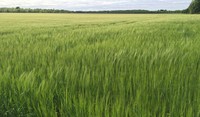
Powering up wheat disease control with folpet

The trial is designed to assess the efficacy of a range of single site fungicide programmes in winter wheat varieties of varying levels of disease tolerance, and to determine how the addition of folpet can improve septoria control.
Early indications are that the inclusion of folpet aids green leaf retention in all scenarios, but we’ll have to wait until after harvest to find out just how much of an impact this has on final crop yields. We’ll report back in due course. In the meantime, if you’d like any additional information about how and when to include folpet in your fungicide programme for spring 2024, please contact our regional agronomy team by calling the ADAMA Technical Helpline on 01635 876 622 or via email at ukenquiries@adama.com
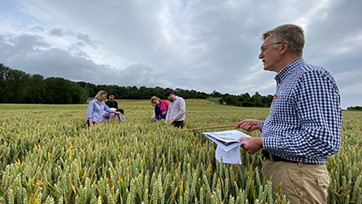
Andy Bailey explaining the importance of using a multi-site fungicide to protect crops and reduce resistance pressure on single site active ingredients.
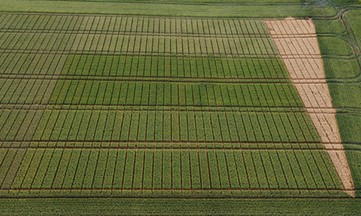
The trial at Bishops Frome in Worcestershire is comparing septoria control programmes in three winter wheats: Extase (resistance to septoria rating 7.8), KWS Dawsum (6.4) and Skyscraper (4.9).
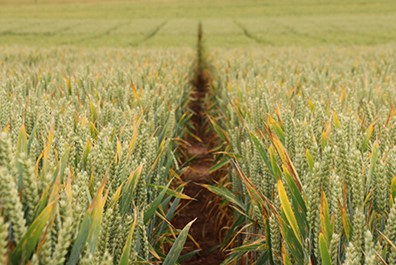
The trial has been designed to assess the benefit of adding folpet at various timings throughout the season.
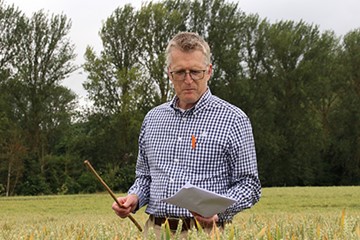
Andy Bailey believes that folpet offers a good return on investment through improved yields and as an effective resistance management tool.

ADAMA’s agronomy and marketing team assessing the effectiveness of the various fungicide treatments.
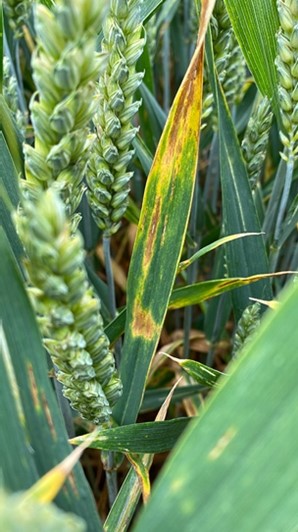
In a high-pressure season, or where a susceptible variety is being grown, septoria control should begin as early as T0, with a robust sequence of single site and multi-site active ingredients also applied at T1 and T2.


